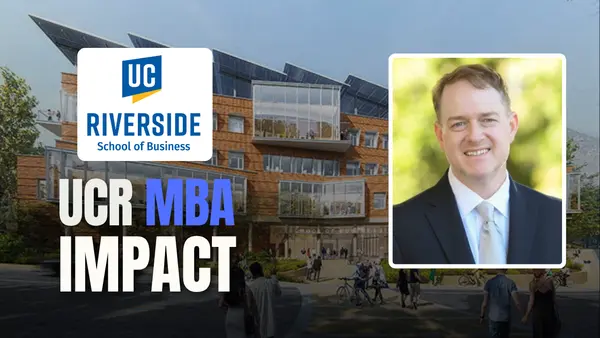Events & Promotions
|
|

GMAT Club Daily Prep
Thank you for using the timer - this advanced tool can estimate your performance and suggest more practice questions. We have subscribed you to Daily Prep Questions via email.
Customized
for You
Track
Your Progress
Practice
Pays
Not interested in getting valuable practice questions and articles delivered to your email? No problem, unsubscribe here.
- Nov 20
07:30 AM PST
-08:30 AM PST
Learn what truly sets the UC Riverside MBA apart and how it helps in your professional growth - Nov 22
11:00 AM IST
-01:00 PM IST
Do RC/MSR passages scare you? e-GMAT is conducting a masterclass to help you learn – Learn effective reading strategies Tackle difficult RC & MSR with confidence Excel in timed test environment - Nov 23
11:00 AM IST
-01:00 PM IST
Attend this free GMAT Algebra Webinar and learn how to master the most challenging Inequalities and Absolute Value problems with ease. - Nov 25
10:00 AM EST
-11:00 AM EST
Prefer video-based learning? The Target Test Prep OnDemand course is a one-of-a-kind video masterclass featuring 400 hours of lecture-style teaching by Scott Woodbury-Stewart, founder of Target Test Prep and one of the most accomplished GMAT instructors.
Kudos
Bookmarks
Thank you so much very detailed and thoughtful answer.
KarishmaB
Kudos
Bookmarks
kpop1234567890
Sure thing.
And yes, TTP has many lessons on patterns. At the same time, those lessons are meant to raise your awareness of those patterns in case you see them rather than to provide shortcuts. as I'm sure you now realize.
Kudos
Bookmarks
You were so right in your video - here is an example I came across that illustrated this point
Our lethargic city center will not be adequately revitalized simply by expanding residential space in the form of high-priced condominiums, but must be aided by incentives for investment in small businesses. The revenue generated by condominium sales may indeed be helpful, but our expectations for economic growth can not be one-sided, nor can the residents of these so called "luxury living spaces" be expected to subsist without service industries operating within a reasonable distance. The city council must be aggressive in drawing new restaurants, laundries, childcare facilities, and the like to the city center - or the revitalization project will certainly fail.
Which of the following, if true, would most strengthen the argument that incentives for small businesses must be part of the city's revitalization project?
A case study of similar cities that traces the positive contributions of small businesses to urban renewal.
A petition from a citizens' group supporting incentives for small business in the city center.
A 100% sale rate for the most expensive condominiums in city center neighborhoods.
An article arguing that abundant, comfortable housing for young professionals is necessary for urban renewal.
A professor at a local university argues that encouraging small business in the city center will drain the resources available for renewal.
OPtion a is correct
Our lethargic city center will not be adequately revitalized simply by expanding residential space in the form of high-priced condominiums, but must be aided by incentives for investment in small businesses. The revenue generated by condominium sales may indeed be helpful, but our expectations for economic growth can not be one-sided, nor can the residents of these so called "luxury living spaces" be expected to subsist without service industries operating within a reasonable distance. The city council must be aggressive in drawing new restaurants, laundries, childcare facilities, and the like to the city center - or the revitalization project will certainly fail.
Which of the following, if true, would most strengthen the argument that incentives for small businesses must be part of the city's revitalization project?
A case study of similar cities that traces the positive contributions of small businesses to urban renewal.
A petition from a citizens' group supporting incentives for small business in the city center.
A 100% sale rate for the most expensive condominiums in city center neighborhoods.
An article arguing that abundant, comfortable housing for young professionals is necessary for urban renewal.
A professor at a local university argues that encouraging small business in the city center will drain the resources available for renewal.
OPtion a is correct
AjiteshArun








